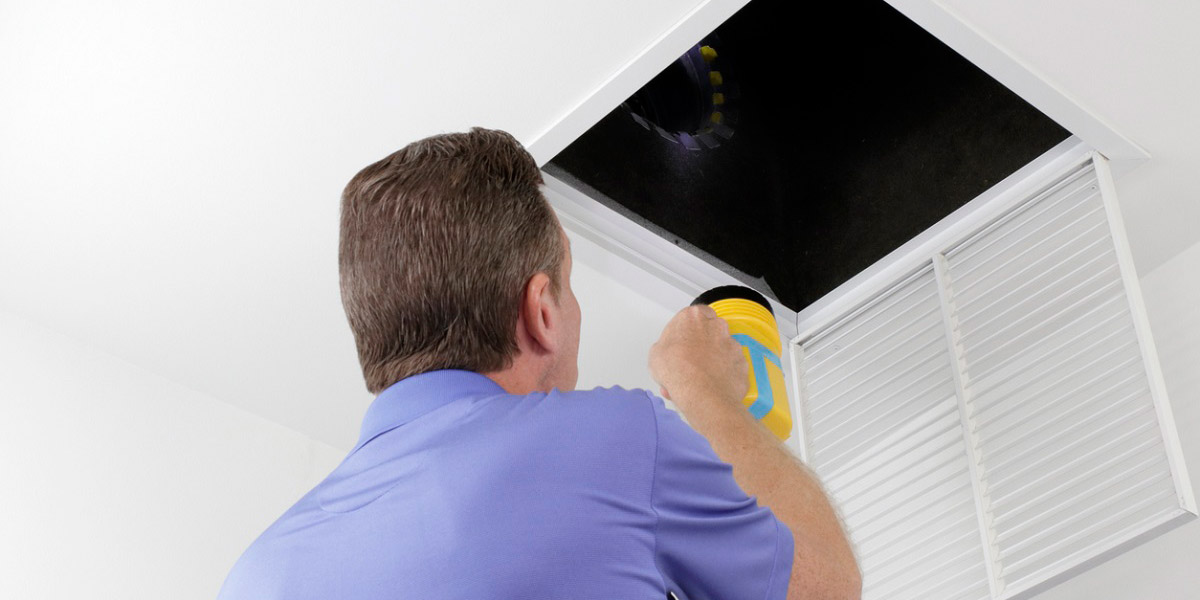 Sun block – locked and loaded. Pool gear and new swimming suits – check. When it comes to the rhythms of the seasons in Arizona, children complete their school year just as the temperatures start to heat up. Being prepared for summer means ensuring a cool inside environment for your kids and for everyone else as the hottest part of the year approaches. Air conditioning is a necessity in Arizona, and if you have only one service call per year (we normally advise two, one in spring and a second in fall), be sure to have your air conditioner checked while the temperatures are still below 100 degrees.
Sun block – locked and loaded. Pool gear and new swimming suits – check. When it comes to the rhythms of the seasons in Arizona, children complete their school year just as the temperatures start to heat up. Being prepared for summer means ensuring a cool inside environment for your kids and for everyone else as the hottest part of the year approaches. Air conditioning is a necessity in Arizona, and if you have only one service call per year (we normally advise two, one in spring and a second in fall), be sure to have your air conditioner checked while the temperatures are still below 100 degrees.
Phoenix Is Known as the Hottest City in America
Monsoon season starts in June, bringing high winds, driving rains ands incredible dust storms. Global warming means the trend for even more 100 degree plus days will continue. In 2018, there were 128 days where the temperature soared above 100. It all adds up to quite a challenge for the hardest working, largest and most complex appliance you have in your home – your air conditioner. Here is a pre-summer checklist of things you can do to get ready for the sizzling summer ahead:
- Check Your Air Conditioner for Obstructions – Set aside some time on a weekend afternoon to check the general condition of your air conditioner. Make sure there are no obstructions or debris blocking the unit. Clear out grass, weeds, branches or anything that may hinder the free flow of air around your outdoor condenser.
- Check All the Vents Inside – It is a good idea to do a walk through your house and inspect the vents to make sure they are all open. Ensure they are not blocked by furniture or storage boxes. Do you hear an annoying whistling in vents when your AC is on? This may be an indication of low return airflow. Our service technicians will make sure your return air ratio is in balance.
- Replace Your Air Filters – Clogged or dirty air filters can cause problems for your air conditioner. It’s important to replace your air filters, particularly before the hottest part of the year. Your air filters help remove unwanted particulate dust, fine dirt, pollen and pet dander from the air circulating throughout your home. For better indoor air quality, change your filters more often.
- If You’re Going to Install a New Air Conditioner, Now Is the Time – Installing a new air conditioner will save you money on your electric bill and provide years of cool comfort. However, you don’t want to wait until your old system totally breaks down. Especially in the middle of summer. If you think your present air conditioner may bite the dust this summer, it’s best to have an assessment performed sooner rather than later.
May Is Slipping Away – Summer Heat Is Just Around the Corner
With Memorial Day approaching, we know the busiest time of our service year is just about to start. Service calls increase dramatically with the first heat wave. In the desert, it’s best to be prepared for summer. Why not call us today for a worry free, cool summer!







 When it comes to H-V-AC – heating and air conditioning take top billing. In the Valley of the Sun, it’s all about lowering indoor temperatures, staying cool through the long, hot days of summer and keeping warm during the winter nights. “V” stands for ventilation, which is an essential yet underappreciated component in creating a comfortable and healthy environment in your home. If you’ve spent any length of time in the attic, a windowless tool shed or enclosed garage on a summer’s day, you know just how stifling and unpleasant an unventilated environment can be. Though unseen and largely unnoticed, proper ventilation improves indoor air quality, which is essential to your quality of life.
When it comes to H-V-AC – heating and air conditioning take top billing. In the Valley of the Sun, it’s all about lowering indoor temperatures, staying cool through the long, hot days of summer and keeping warm during the winter nights. “V” stands for ventilation, which is an essential yet underappreciated component in creating a comfortable and healthy environment in your home. If you’ve spent any length of time in the attic, a windowless tool shed or enclosed garage on a summer’s day, you know just how stifling and unpleasant an unventilated environment can be. Though unseen and largely unnoticed, proper ventilation improves indoor air quality, which is essential to your quality of life.






